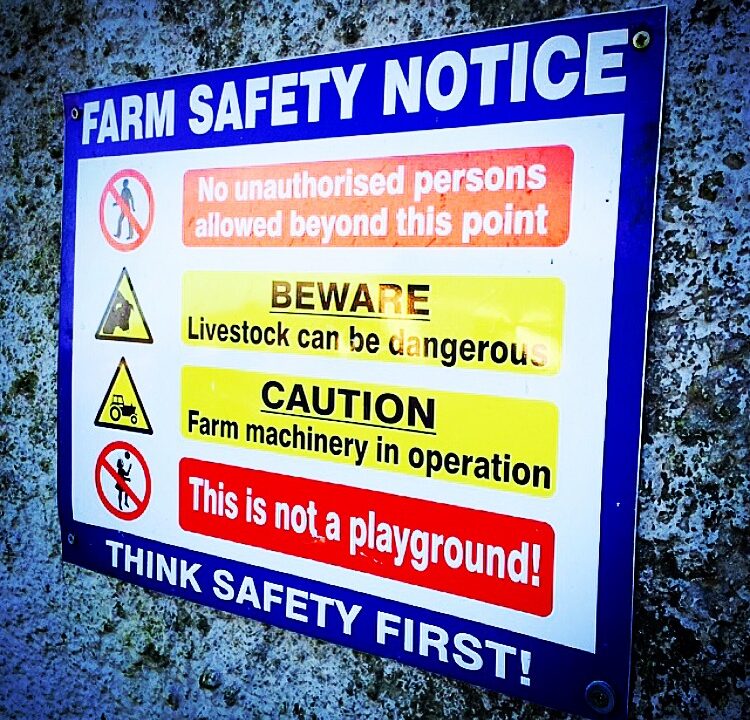With the spring-calving season now underway on Irish farms, many farmers will now be under increased stress and pressure, with many taking unnecessary risks.
Cows, and in particular heifers, can be unpredictable during or after calving. After calving, a cow may become aggressive towards any intruder in her space.
Cows have been know to attack and even kill farmers.
Generally, but not always, pre-calving warning signs occur, such as nervousness and excitement. This means that caution is required.
According to the Health and Safety Authority (HSA), 19% of all farm fatalities are caused by livestock, second only to tractors at 43%.
Teagasc research indicates that 65% of all farm injuries are livestock related. Many of these accidents involve cattle and occur when animals are being herded in fields or handled by farmers in farmyards or farm buildings.
The increase in livestock-related accidents and deaths are attributable to inadequate handling facilities on farms, poor set up or taking risks when dealing with livestock.
Many farmers now work off farm which means less contact between farmer and livestock and inadequate attention given to breeding animals for docility.
- The calving area should have adequate space and be well bedded. It should be tidy and free from obstructions and have good lighting;
- Make sure the calving gate is operating properly and that cows are correctly locked into the calving gate;
- Make sure the calving jack and ropes are operational and fit for purpose;
- Properly used calving jacks can reduce the possibility of back injury;
- Keep the calf between you and the heifer or cow and have an escape route planned. Do not turn your back on the cow;
- Keep children away from the calving area;
- Know your limitations and don’t be afraid to ask for help;
- Remember, there is no such thing as a quiet cow.

